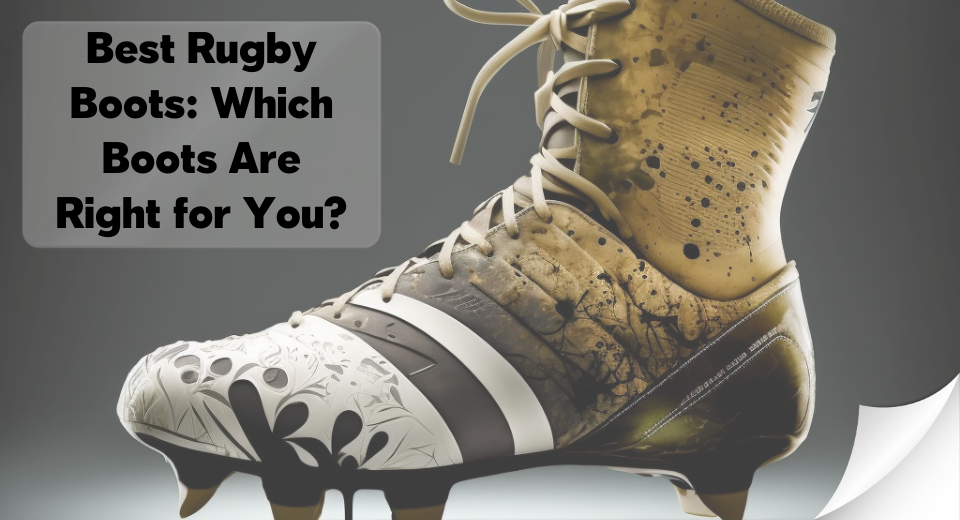


Selecting the right rugby boot is essential for maximizing your performance and minimizing the risk of injuries on the field. With a variety of boot types and stud configurations available, it can be confusing to determine which one suits your playing style and the prevailing field conditions. In this article, we will explore the different types of rugby boots, studs, and factors to consider when choosing the perfect boot for your needs.
Designed for playing on wet and muddy pitches, SG boots typically feature longer metal or screw-in studs. The studs provide excellent traction in slippery conditions, preventing players from losing their footing. These boots offer superior grip and stability on softer ground, making them ideal for inclement weather.
FG boots are the most versatile option, suitable for a variety of field conditions. They come with molded studs, often made of rubber or plastic, which provide reliable traction on firm and dry pitches. These boots offer a good balance between grip and maneuverability, making them suitable for most rugby players.
Specifically designed for synthetic or artificial turf, AG boots feature shorter and more numerous studs than FG boots. The increased number of studs helps to distribute pressure evenly, preventing excessive stress on the joints. AG boots provide excellent traction and stability on artificial surfaces, ensuring optimal performance and minimizing the risk of injury.

This classic stud configuration features six studs, typically placed in the forefoot and heel areas. It offers a balanced level of stability and traction on different playing surfaces, making it a popular choice among rugby players.
Blade studs are thin and elongated, resembling a blade shape. They provide excellent grip and allow for quick changes of direction, making them ideal for players who prioritize agility and speed. Blade stud configurations are commonly found in the forefoot area.

Different positions on the rugby field require specific attributes. Forwards may benefit from boots with more ankle support and extra traction, while backs might prioritize lightweight boots that offer greater agility and speed. Understanding your role on the field will help you make an informed decision.
Consider the typical condition of the field you will be playing on. Soft Ground boots are ideal for wet and muddy pitches, Firm Ground boots suit dry surfaces, and Artificial Ground boots are tailored for synthetic turf. Choosing boots that match the prevailing conditions will optimize your performance and prevent unnecessary slips or instability.

Proper fit is crucial to ensure comfort and reduce the risk of blisters or foot injuries. Ensure your boots provide ample toe space, good arch support, and a secure fit around the heel. Trying on different brands and styles can help you find the boot that suits your foot shape best.
Consider the durability of the boots, especially if you play rugby frequently. Look for boots made from high-quality materials that can withstand the rigors of the game. Additionally, check the maintenance requirements and ensure they are suitable for your level of commitment.
Selecting the perfect rugby boot requires careful consideration of various factors, such as field conditions, playing position, and personal preferences. Understanding the different boot types and stud configurations can help you make an informed decision. By choosing the right boot, you can enhance your performance, reduce the risk of injuries, and truly enjoy the game of rugby.